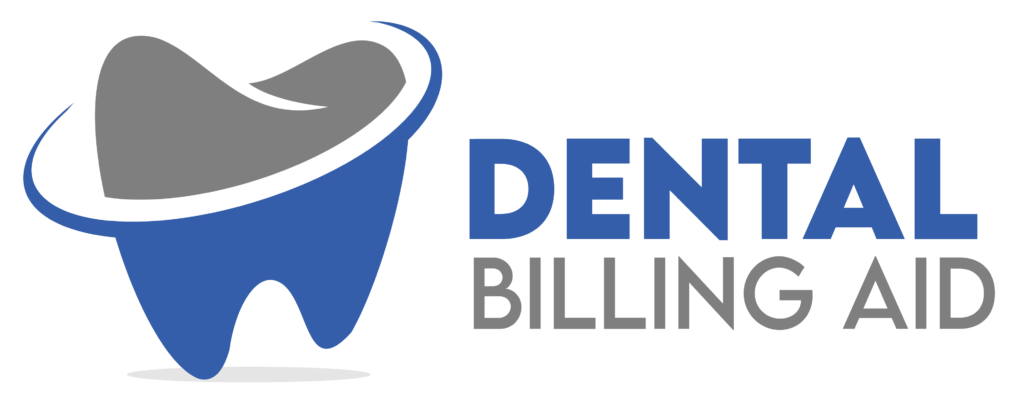For any dental practice, the front desk is the mission control center. It’s where the patient experience begins, where appointments are managed, and, crucially, where the complex and often frustrating process of insurance verification takes place. This manual, time-consuming task—involving phone calls, logging into countless insurance portals, and meticulous data entry—has long been a major source of administrative burden and costly errors.
However, a new wave of technology is transforming this essential workflow. Dental insurance verification software, often powered by advanced AI, is automating the process, freeing up staff, and fundamentally improving the financial health of dental practices.
What is Dental Insurance Verification Software?
At its core, dental insurance verification software is a digital solution that automates the process of confirming a patient’s insurance details before their appointment. Instead of relying on manual checks, the software connects directly with a vast network of insurance providers to instantly verify eligibility and retrieve detailed benefit information.
This goes far beyond a simple “yes or no” on coverage. The software provides a comprehensive breakdown of a patient’s plan, including:
- Active Coverage Status: Confirming that the policy is currently active.
- Deductibles and Annual Maximums: Showing how much has been met and what remains.
- Waiting Periods: Highlighting any waiting periods for specific procedures.
- Frequency Limitations: Detailing how often a patient is covered for treatments like cleanings, exams, or X-rays.
- Coverage Percentages: Specifying the percentage of a procedure’s cost the insurance will cover.
- Pre-authorization Requirements: Flagging procedures that require prior approval.
The Problem with Manual Verification
Without this technology, the verification process is a drain on resources. A single patient’s check can take 15 to 30 minutes, adding up to hours of administrative work each day. This not only leads to staff burnout but also creates a significant risk of human error. Misspelled names, incorrect policy numbers, or outdated information can result in claim denials, delayed reimbursements, and unexpected bills for the patient, which damages trust and leads to friction.
Key Benefits of an Automated Solution
Implementing dental insurance verification software offers a wide range of advantages that impact every aspect of a practice’s operations:
- Increased Operational Efficiency: By automating the bulk of the verification work, staff are liberated from repetitive tasks. This time can be redirected to higher-value activities like patient care, treatment planning, and managing a smoother daily workflow. Many solutions automatically run checks several days before an appointment, ensuring all information is ready well in advance.
- Minimized Claim Denials and Faster Reimbursements: Accurate, verified information is the foundation of a clean claim. By ensuring all patient details and coverage specifics are correct upfront, the software drastically reduces the likelihood of claim denials and delays. This leads to a healthier revenue cycle and more predictable cash flow for the practice.
- Enhanced Patient Experience and Trust: Patients are often anxious about the cost of dental treatment. With automated verification, your staff can provide a precise and transparent breakdown of estimated out-of-pocket costs before the procedure begins. This transparency builds trust, reduces billing disputes, and makes patients more likely to accept recommended treatment plans.
- Improved Financial Forecasting: With up-to-date insurance information, practices can accurately predict patient payments and insurance contributions. This data is invaluable for financial planning and making informed business decisions.
How to Choose the Right Software
When evaluating dental insurance verification software, practices should look for a solution that:
- Integrates Seamlessly: The software should work directly with your existing practice management system (PMS) to avoid data silos and the need for manual data transfer.
- Offers Real-Time Checks: The ability to get instant eligibility and benefit information is crucial for last-minute or emergency appointments.
- Provides Comprehensive Data: It should offer a detailed, easy-to-read summary of benefits, not just a simple eligibility check.
- Is User-Friendly: An intuitive interface and minimal training requirements ensure a smooth transition and high adoption rates among staff.
- Prioritizes Security: The platform must be HIPAA-compliant and have robust security measures to protect sensitive patient information.
By embracing this powerful technology, dental practices can move beyond the administrative grind and focus on what truly matters: providing excellent care to their patients while building a more efficient and profitable business.
